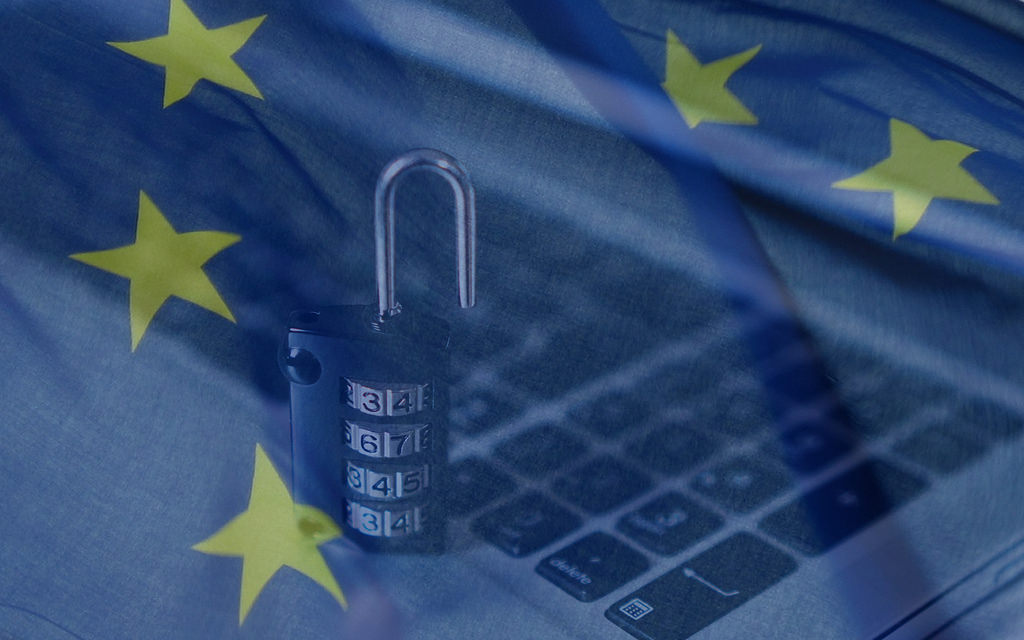Recent suggests that almost half of UK businesses are preparing to receive non-compliance penalties, with many owners having already set aside funds in anticipation of a fine.
The research (conducted by data privacy firm, Ensighten) highlights a worrying amount of unpreparedness surrounding the new legislation and the additional responsibilities it will bring for organisations who wish to process and store personal data. CEO of Ensighten, Ian Woolley, comments that business owners are ‘aware, but still uncertain’ about GDPR, with 61% of survey respondents indicating they would like an extension of the deadline if one became available.
At What Cost?
A lot has been made of the potential penalties for non-compliance with GDPR. The shock value of The Information Commissioner’s Office (ICO)’s power to fine up to £17m, or 4% of annual turnover (whichever is higher) makes for eye-catching news articles indeed. However, organisations would do well to maintain a level-head on the matter and remember that their compliance efforts and behaviour will be taken into consideration when it comes to any fines incurred.
In this sense, it is important for companies to work on implementing a culture of data protection as standard – and as an ongoing commitment – rather than viewing GDPR as simply a box-ticking exercise with a ticking time-bomb attached.
How can VinciWorks Help?
The good news is that organisations still have time to educate their employees about the new legislation and what it will mean for data processors, subjects, and controllers at a practical, day-to-day level.
As firm believers that prevention is better than the cure, VinciWorks offer a range of GDPR eLearning courses, spanning from introductory modules to more comprehensive courses, and also includes microlearning courses to cover specific GDPR clauses that your employees may find tricky.
Specially developed to get organisations GDPR-ready, our comprehensive eLearning course, Protecting Data, offers a detailed yet accessible approach to GDPR legislation. Developed alongside subject experts, the course gives particular focus to the principles, rights, and obligations of GDPR, and offers learners the opportunity to test their knowledge by asking them to deal with realistic potential data-breaches.
To find out more, simply get in touch via the form below. It’s never too late to start your compliance journey.




